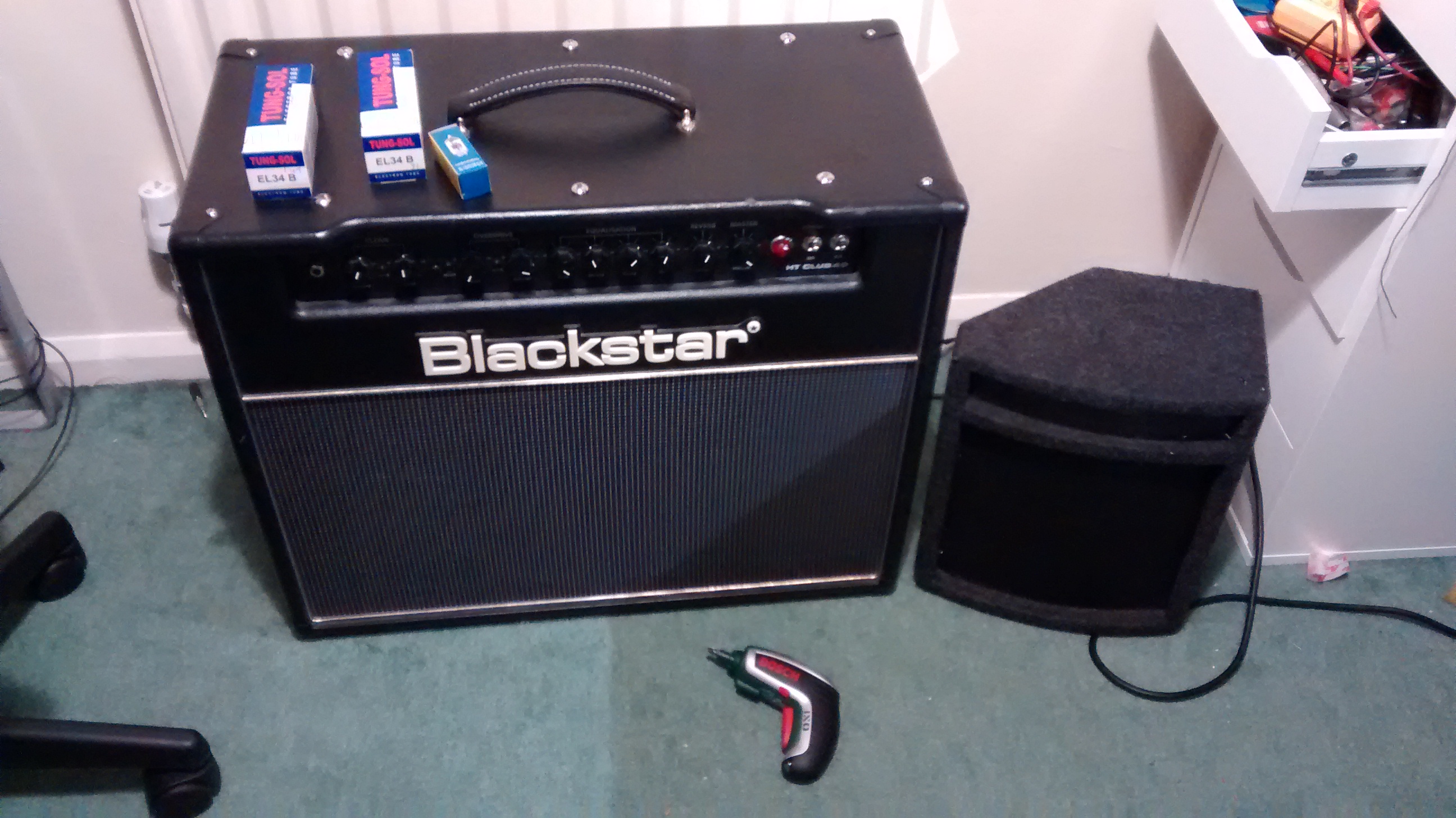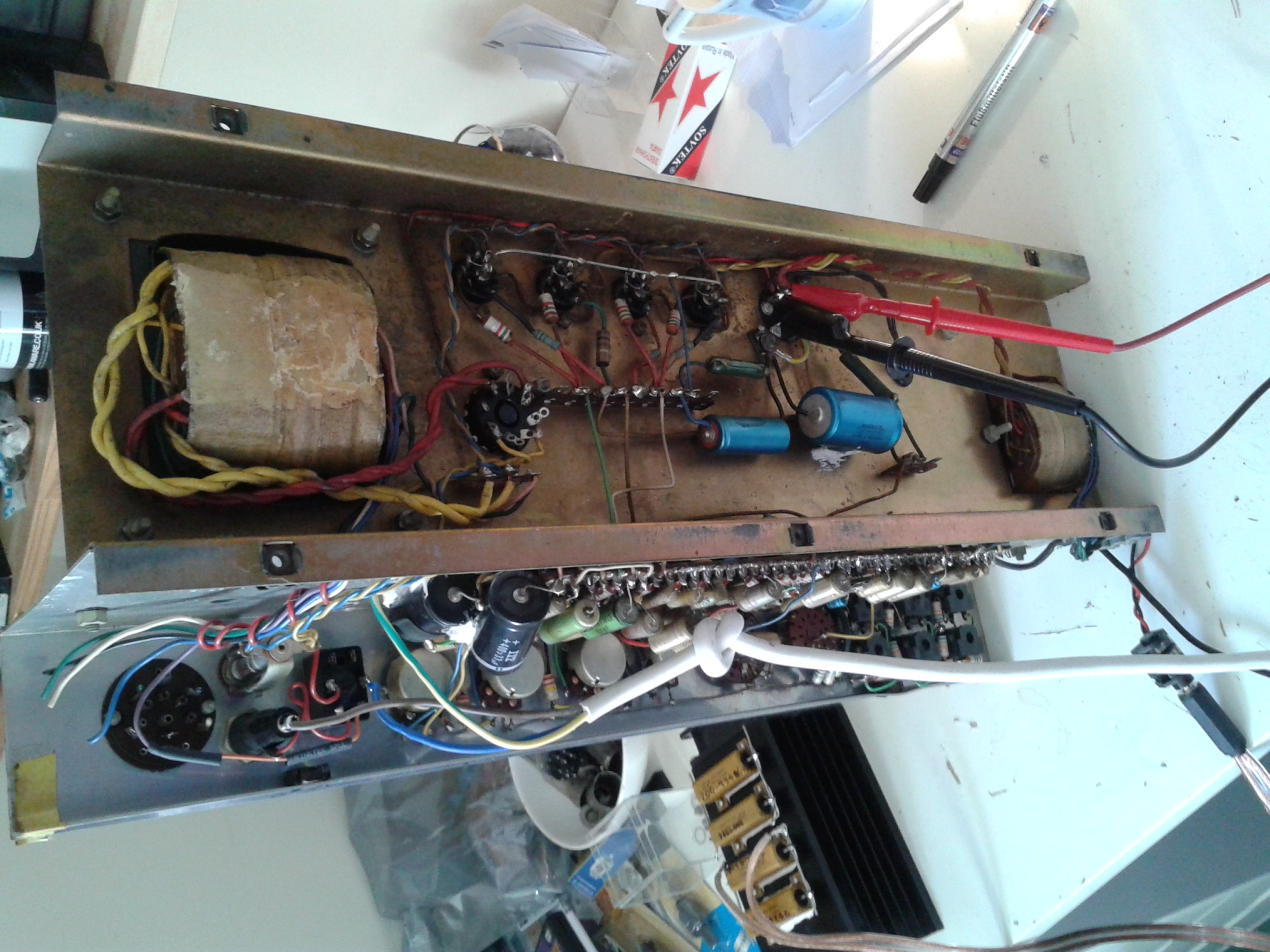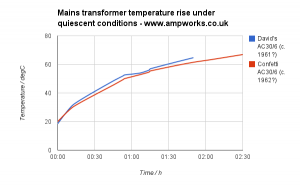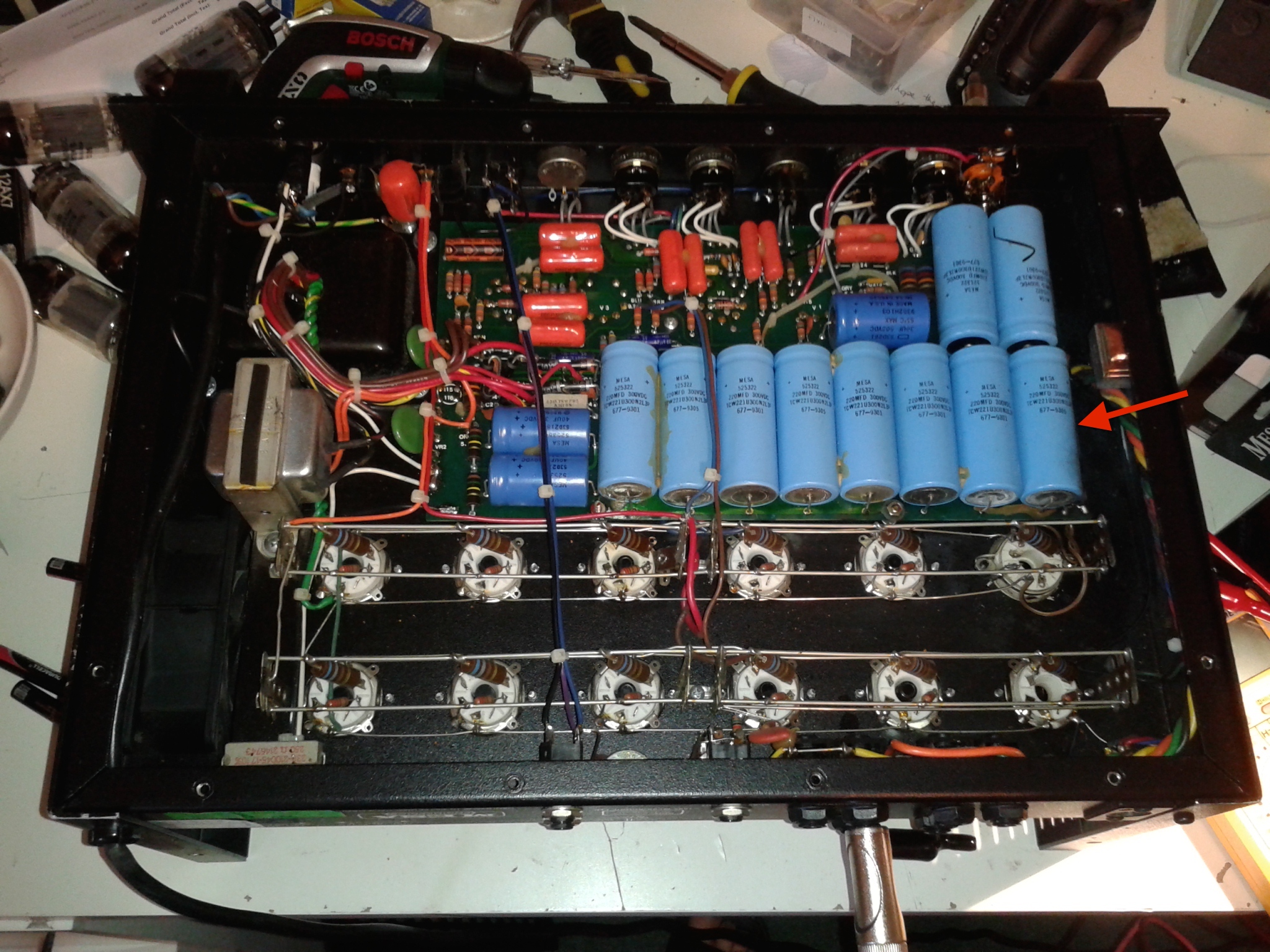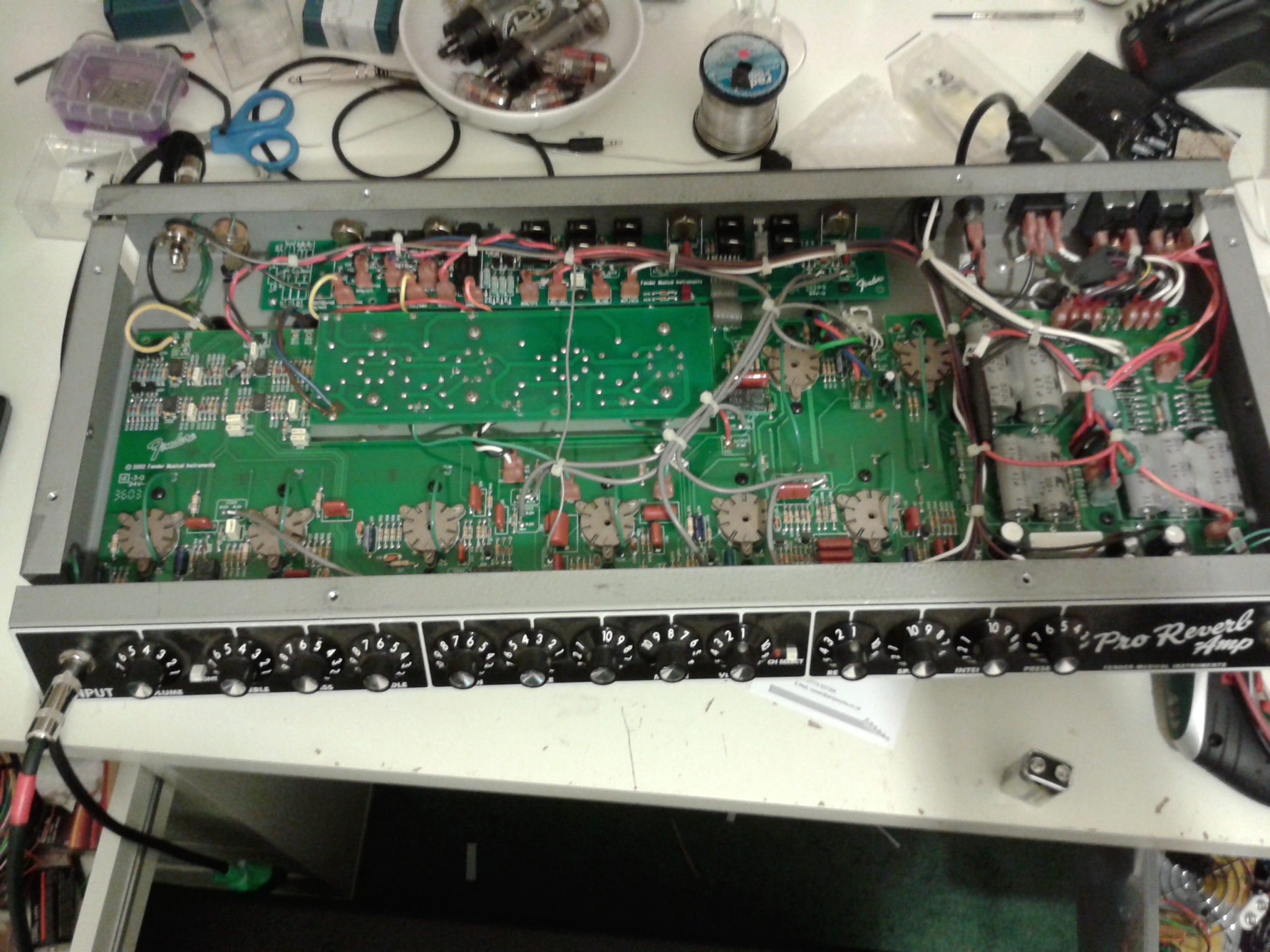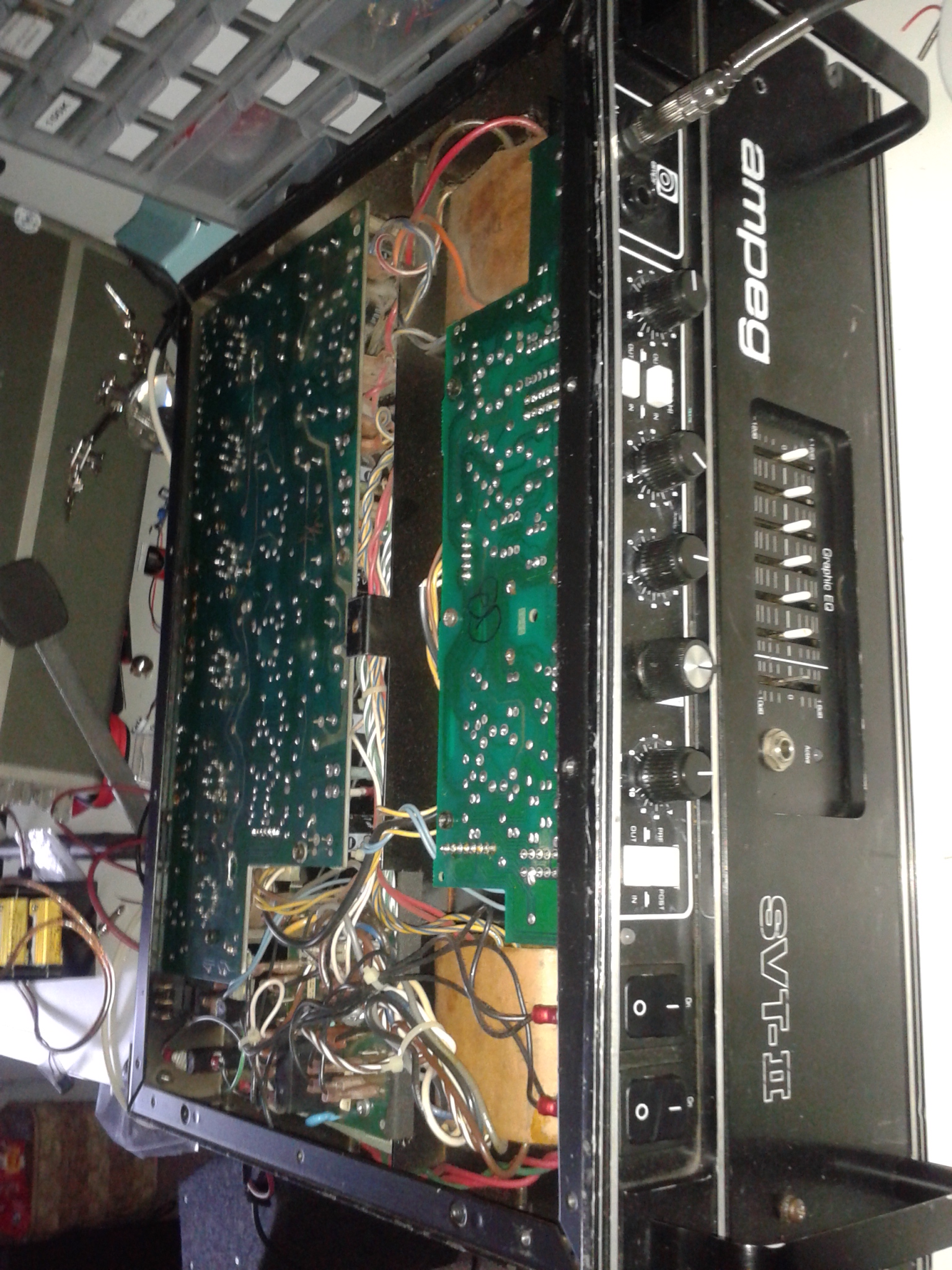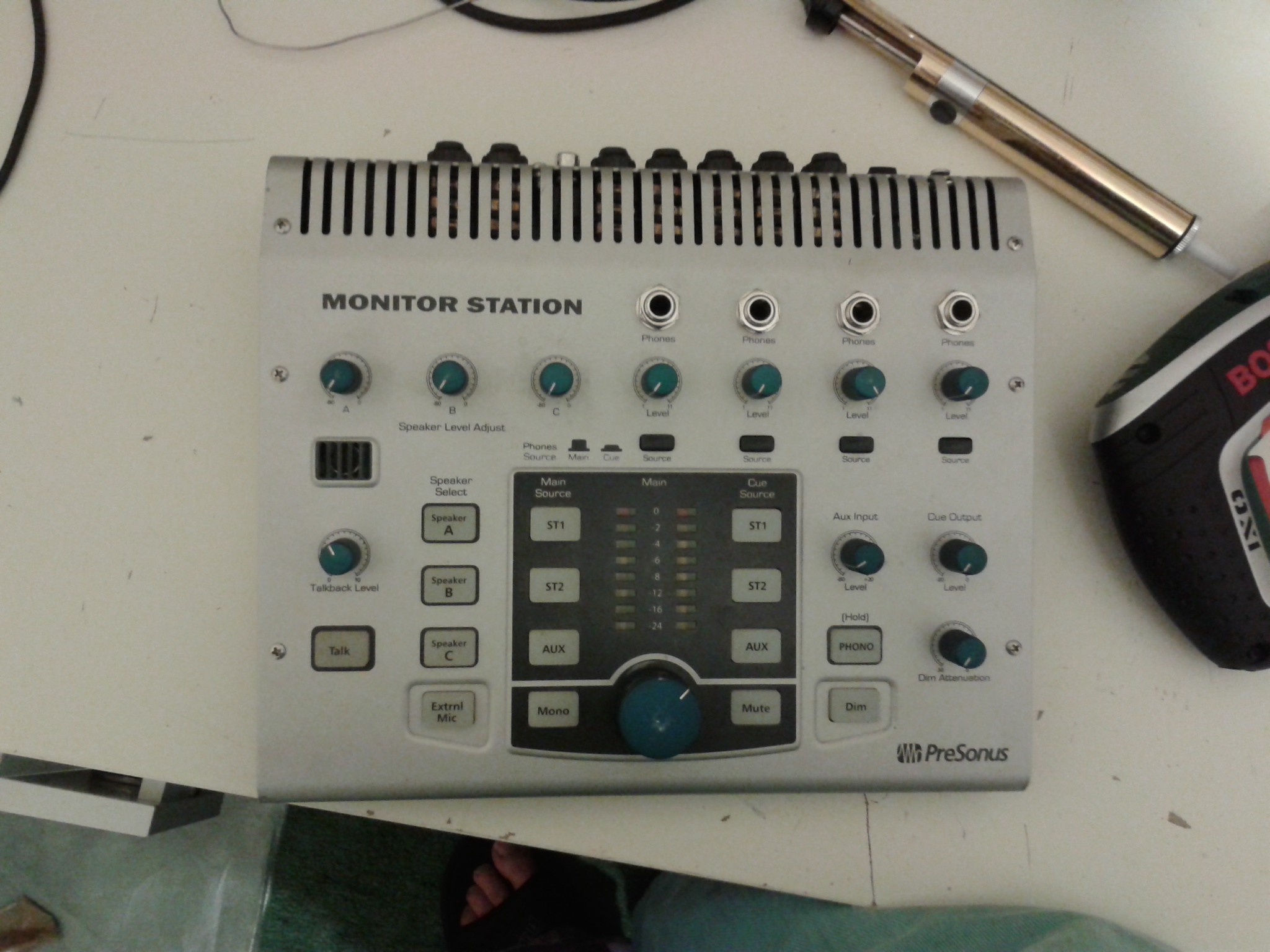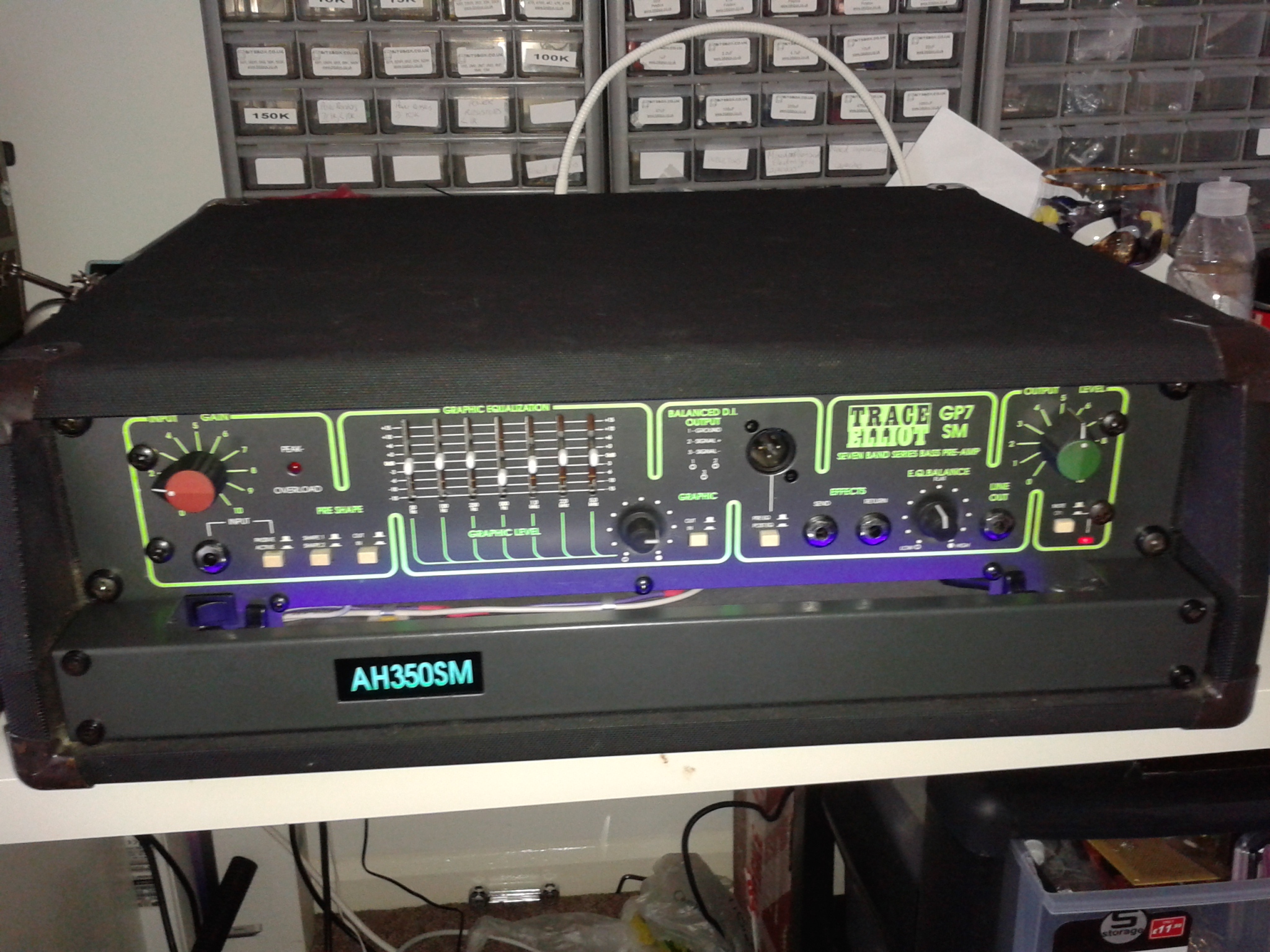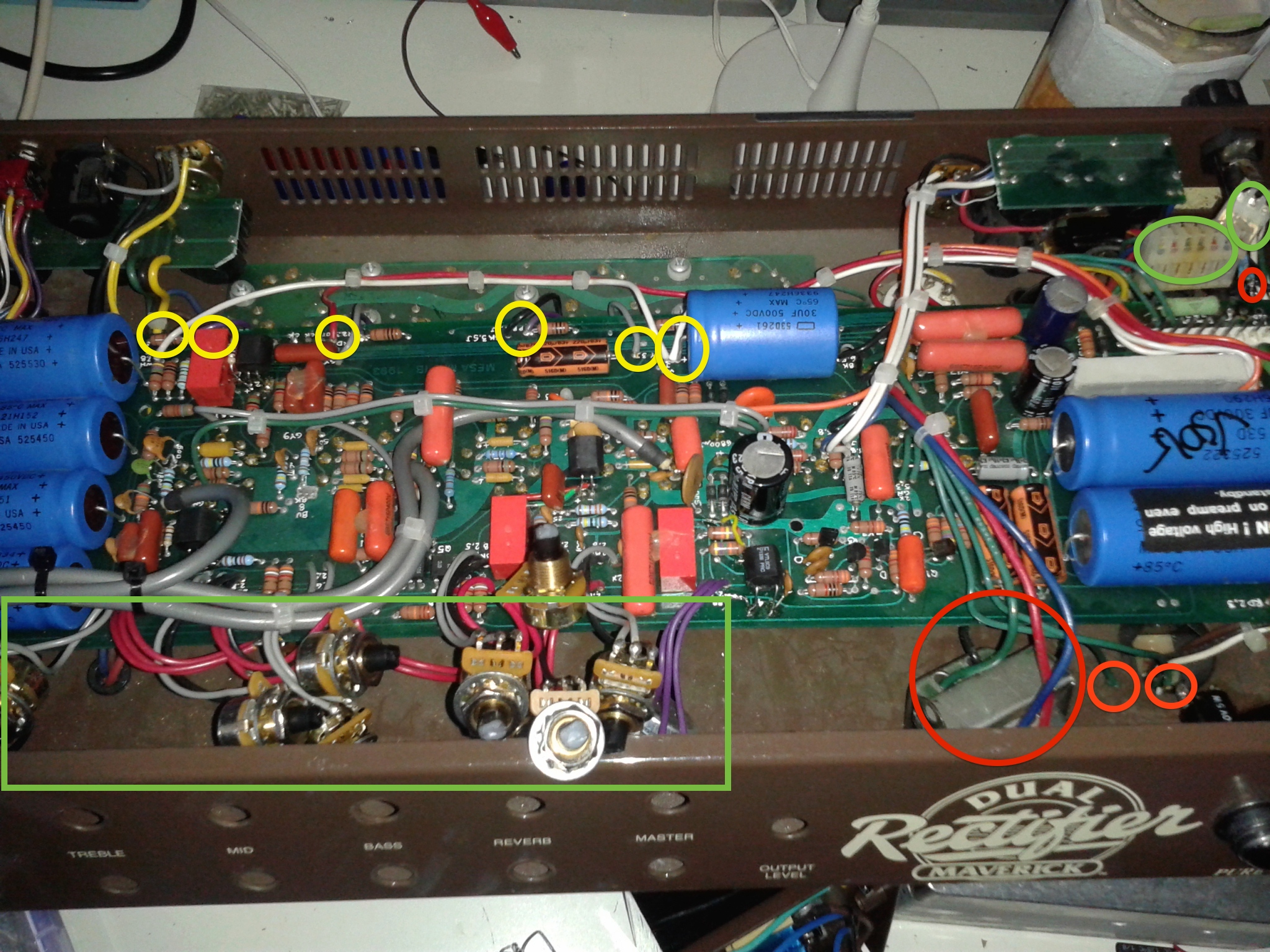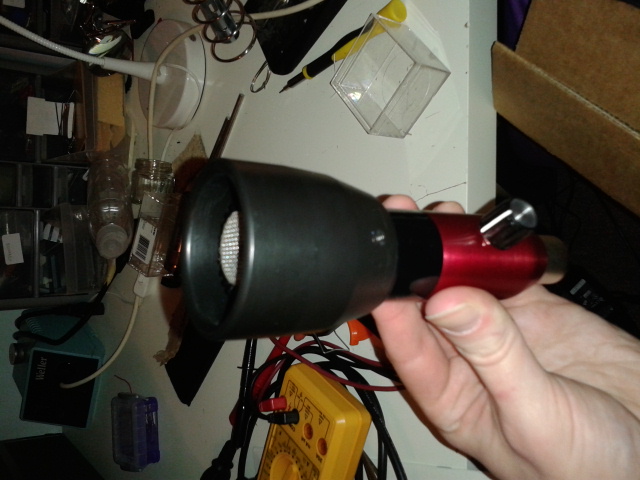Guitar amp attenuators
I’ve had a lot of questions recently along the very familiar theme of ‘How do I make my amp quieter (whilst still sounding like a bad-mother rock’n’roll star, of course)’.
It’s a problem that many face, so I’m throwing some notes together in one place. I’m fortunate that the guitar world is one where lots of people want to know more about how stuff works, so this is intended to be a guitarist’s geek free guide with no jargonese (I’ll put links to more in depth discussions). Stop me if I’m not making sense.
I’ll keep using ‘attenuation’, the engineering term for ‘making quieter’, as it’s a commonly used commercial product description. If you’re reading this page then I assume you have some idea what rock distortion is in the context of guitar amplification. It’s also fair to say that in most guitar amps, even the cleanest loud tones are in fact being distorted imperceptibly by the amp.
The aim of the an attenuator is to preserve the distortion of characteristic of the amp whilst not operating at ear bleeding levels. Put another way, we want to make the amp behave as if it is being played loudly, when it is really quiet!
It’s fair to say that all elements of a valve amp can be operated in distorting conditions. It’s useful to know where in your amp the attenuator is doing it’s job so you can see what parts of this wanted distortion are preserved by your chosen attenuator.

Preamp distortion with Master volume attenuator
Many amps these days have a master volume. These attenuate the signals in the preamp, to allow preamp distortion at usable volumes. So the master volume style attenuator keep the preamp distortion when using a master volume. These are extremely useful for most styles of guitar and shouldn’t be underestimated. They’re the best kind of attenuator for a solid state amp, which doesn’t include any of the other distorting components listed below. This is the classic method that Marshall popularised with the JCM800/2203 etc. The same result can usually be obtained by placing a volume pedal in the FX loop of an amp or using a JHS ‘Black Box’ – you can ever build one with a kit such as this. Some later designs (such as the Vox AC30CC ranges and some Trainwreck amps) have placed the Master volume after the PI (phase inverter) the valve that drives the power tubes, thus capturing the sound of this tube also.
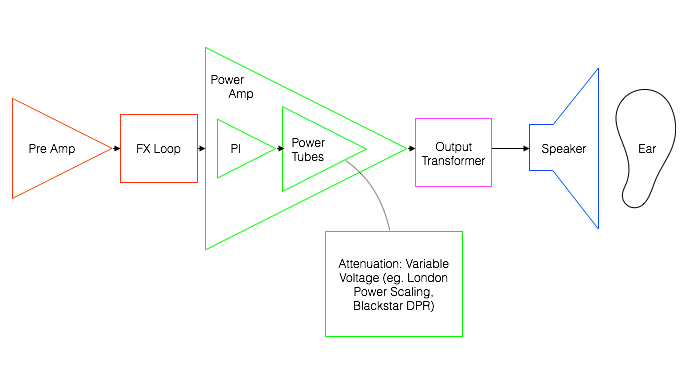
Power amp distortion with variable voltage attenuation
Keeping the explanation simple, this method involves starving the Power tubes in some way so that they ‘think’ that they are being operated at extremes. So you’re getting the preamp and the power amp distortion.
London Power and Hall amplification offer variable voltage solutions that cause the valves to distort at lower volumes, thus sounding like they’re being played loudly.
Blackstar’s DPR changes the current running through the valve by changing screen grid voltage. The DPR is a little cleverer than that, but discussion of how does lie outside the remit of this non-tech post, see their patent if you’re interested. Disadvantage: requires a mod/purchase of an amp with the technology.
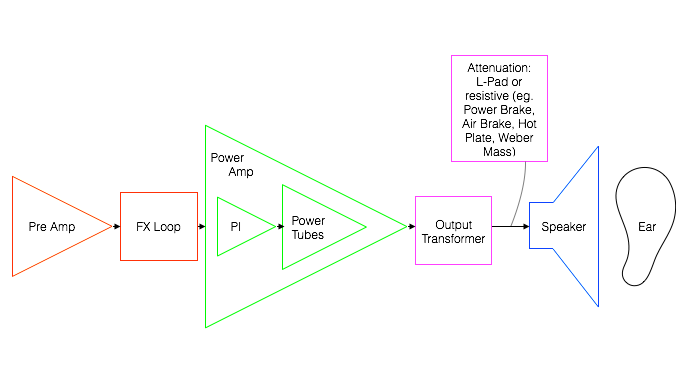
Output Tranformer distortion with ‘Guitar Amp Attenuators’ and Load boxes
Although all the above methods attenuate the output signal, the units most commonly referred to as amp attenuators are the brute force methods of attenuating. You do get to preserve the effects of preamp, power amp and output transformer distortion. These devices, such as the Marshall Powerbrake, THD Hotplate and Dr Z Airbrake, take the full power output of a loud valve amp and waste a big chunk of it as heat, allowing the speaker to only convert a small amount to sound. The Weber Mass Attenuator uses silent parts of a speaker to do the same job. Disadvantage: Substantial waste of power, same level of wear on amp components as if the amp had genuinely gone ‘to 11’.
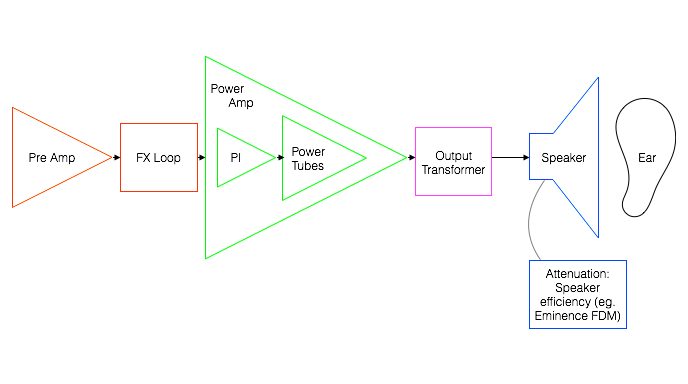
Speaker distorion using Speaker efficiency attenuators
First, you can also reduce the number of speakers in a big cabinet to reduce volume (you must keep the same speaker impedance – do some research). You can buy a speaker with a lower sensitivity (in dB/watt) for your amp to reduce the volume slightly. The only speaker I’m aware of that allows you to vary the efficiency is the Eminence FDM. This preserves the effects of preamp, power amp, output transformer and speakers all being run at full volume. The whole lot! Disadvantage: same as for the amp attenuators, also you don’t have free choice of speaker.
What do I recommend?
This is actually the question that I’m asked. I’ve tried all of them except the Eminence FDM speaker attenuators. If you’re looking at buying a valve amp, I recommend looking for one with a variable voltage type option. These will actually preserve amp component life and do a pretty darned good job of sounding the same as when cranked. I spend a good deal of time in ‘my other engineering life’ trying to reduce power wastage, so I don’t really like the idea of the brute force attenuator approaches, but if you’re looking to attenuate an amp that doesn’t have a voltage variation option they might be useful. If you’ve got a specific question, do drop me a line.
A lot of this depends on the style of amp and how it distorts. If you’re running a Fender amp, I think the FX loop kit or the JHS little black box do a more than adequate job. If you’re running a Vox, then this won’t do! The PI is too much a part of the distortion. You need either a PPIMV or a brute force attenuator.
The frustrating search for tone – is anything going to work completely?
I honestly don’t think so. The truth is that the only thing that sounds like a loud amp is indeed a loud amp. The response of our ears/brains (just ears for bassists(!)) to sound is not linear, meaning that our senses react differently to loud sounds and quiet sounds. It’s distortion of the ear and nervous system, if you like. So you can get the electrical path right, but you’re never going to get exactly the same response at the human brain. That said, some of the above will get you in a really good ballpark!
Finally…
Lastly let me say that all registered trademarks or trademarks are property of their respective owners, including, but not limited to Blackstar, DPR, Hot Plate, Weber, Weber Mass Power Brake, Air Brake, Eminence, DFM, Maverick, Marshall, AFD, London power, London Power scaling, JCM800… have I missed any?



